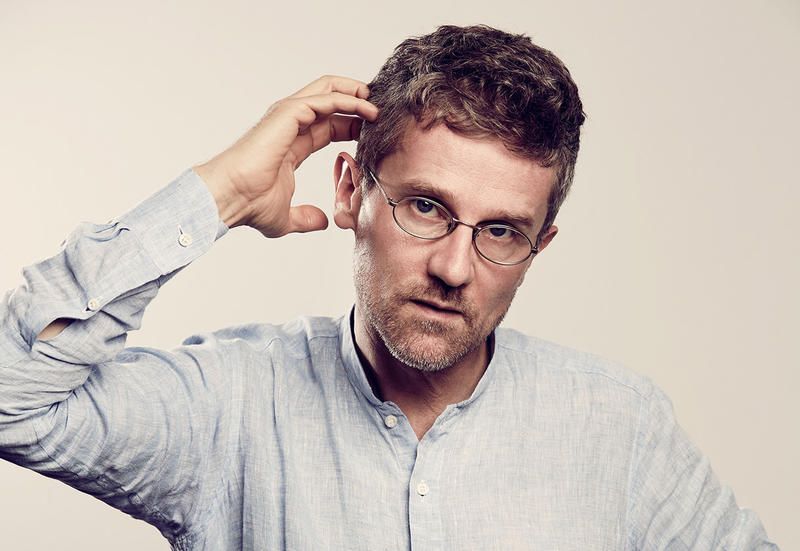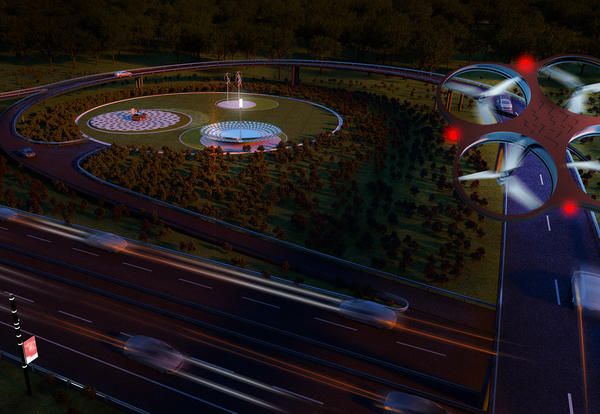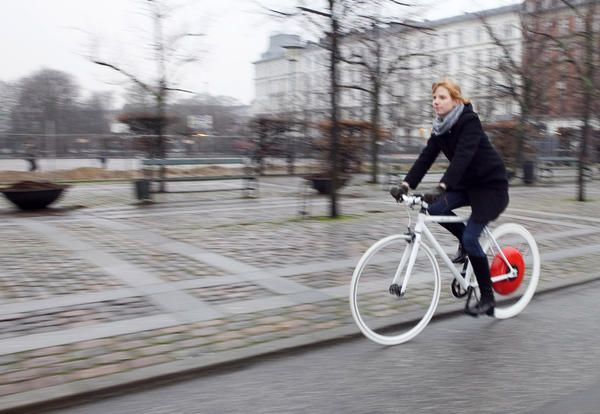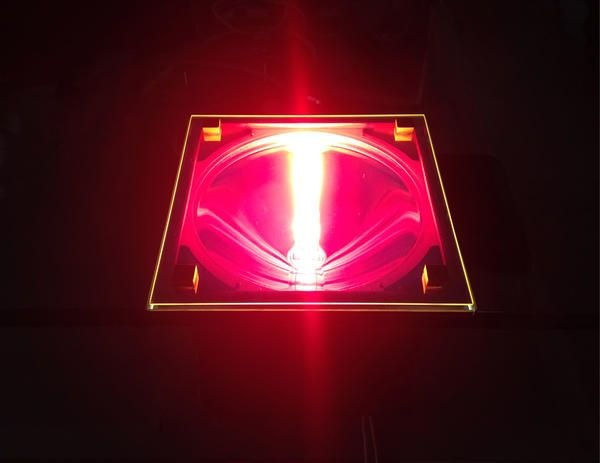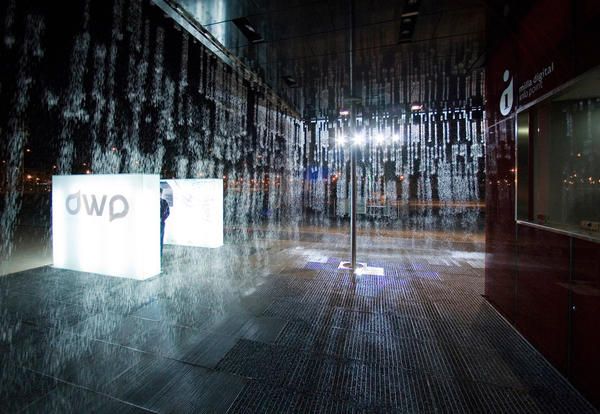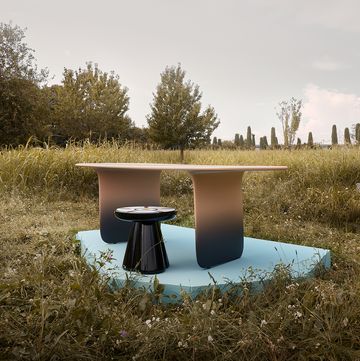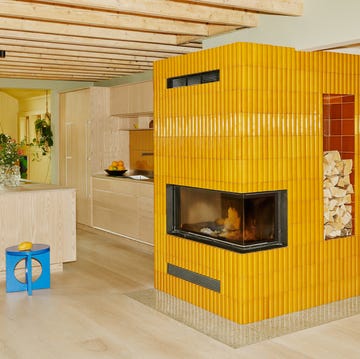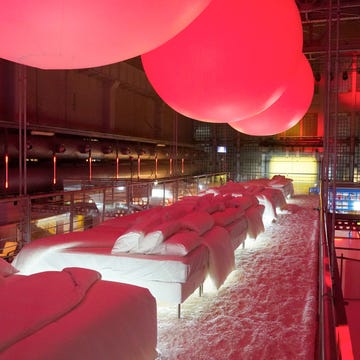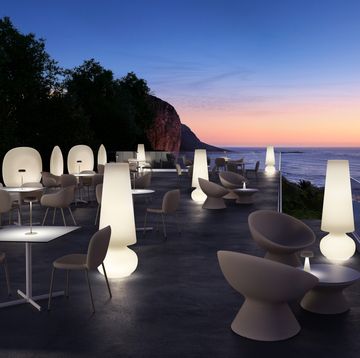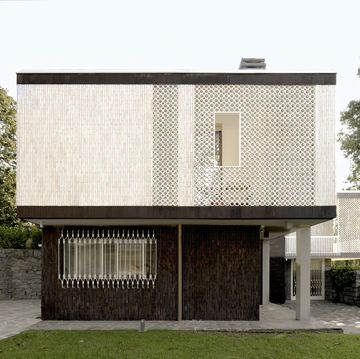Until just a few years ago, you could describe Carlo Ratti as an enfant prodige. Born in 1971, Ratti is one of the key players in the international debate on the influence of new technologies in future cities and beyond. With an optimist outlook, a pragmatic approach, and a great skill for communication, Carlo Ratti gives life to the future. The Torinese architect and engineer is founder and director of the SENSEable City Lab at MIT - Massachusetts Institute of Technology in Boston, and is hard at work creating a world where urban architecture is capable of “sensing and actuating”.
It was recently announced that the latest innovative pavilion to come out of studio CRA-Carlo Ratti Associati, ‘Living Nature. La Natura dell’Abitare’, will show at the Salone del Mobile 2018. Not long thereafter, it was declared a must-see at the international event between adjectives like iconic, evocative, and experiential.
The high-tech installation presents an innovative system of climate control, where spring, summer, autumn, and winter all live under the same roof. The garden pavilion will be located in the city center, in Piazza del Duomo in front of the Palazzo Reale, although this isn’t the first time one of Carlo Ratti’s projects has been named an icon for the big event in Milan. As an architect with Expo 2015, his project for the Coop pavilion - Future Food District, was a major success and eventually led to an evolution in Milan’s Bicocca with the 2016 Supermarket of the Future.
Back at the 2016 Salone del Mobile, he also presented his first prototype of the interactive Vitra stool, Lift-Bit, in the ‘ROOMS, Novel Living Concepts’ exhibition at the Triennale in Milan.
Living nature is just the latest chapter from Ratti, whose multi-discipline studio develops projects characterized by an essential design and function through new technologies.
Like Trussardi Dehors in Milan’s Piazza della Scala -garnered with the vertical forest of Patrick Blanc - another project looks to transform the former Milano World Expo space into a park dedicated to science and innovation. Meanwhile, his work for the Italian highway agency, ANAS, the Smart Road System, is an experimental system to control self-guiding cars with multi-sensorial flying poles and swarms of drones.
Just like the work coming out of his studio, Carlo Ratti has dedicated himself to a mix of architecture, engineering, and IT at the intersection of the digital and physical worlds. Nearly manifestos, his books ‘Architecture Open Source’ and ‘La città di domani’, delve into the relationships between people, technology, and the city, giving the urban revolution a new meaning. He explores new possibilities connected to the internet of things, or the extension of the network in objects and concrete locations.
The Senseable City, described by Ratti, is not only aware, but it can also feel. “The term senseable puts more emphasis on the human aspect of things”, says Ratti, “in contrast with the technological aspect alone that can be seen in the smart city.” His projects seem to share a common denominator, they’re human-centered, prioritizing people through instruments that are increasingly able to involve citizens in the urban planning and development.
In the SENSEable City Lab at MIT, they have developed prototypes of objects and new technologies, like the Copenhagen Wheel intelligent bicycle or a personalized heating system, Local Warming. Then there are the purely theoretic projects, like TrashTrack, a map of our trash’s life, or Treepedia, the interactive atlas of metropolis greenery, tree by tree. The results of his research demonstrate that knowledge is not only able to sensitize us to the surrounding world, but it can also become a motor for behavioral changes.
The networks of information and the new open source systems are turning our productive system inside out, passing from a standardizing process to that of personalization. The work of Carlo Ratti is developed within this new paradigm without ever becoming cold technology, “people’s responses are crucial for us - they help us improve the design”. It’s not hard to see when Ratti gets to talking about the system controlling the water walls at the Digital Water Pavilion in the 2008 Expo of Zaragoza. “It’s this casual unpredictability of the machine,” says Ratti “that has transformed a programmed structure into an open piece of work. Showing us that we still have to invent and discover ways of using technology.”
Opening picture: Carlo Ratti, founder of the studio which bear his name and of MIT' Senseable City Lab in Boston, has been studying metropolis and modern life dynamics and trends for years.
